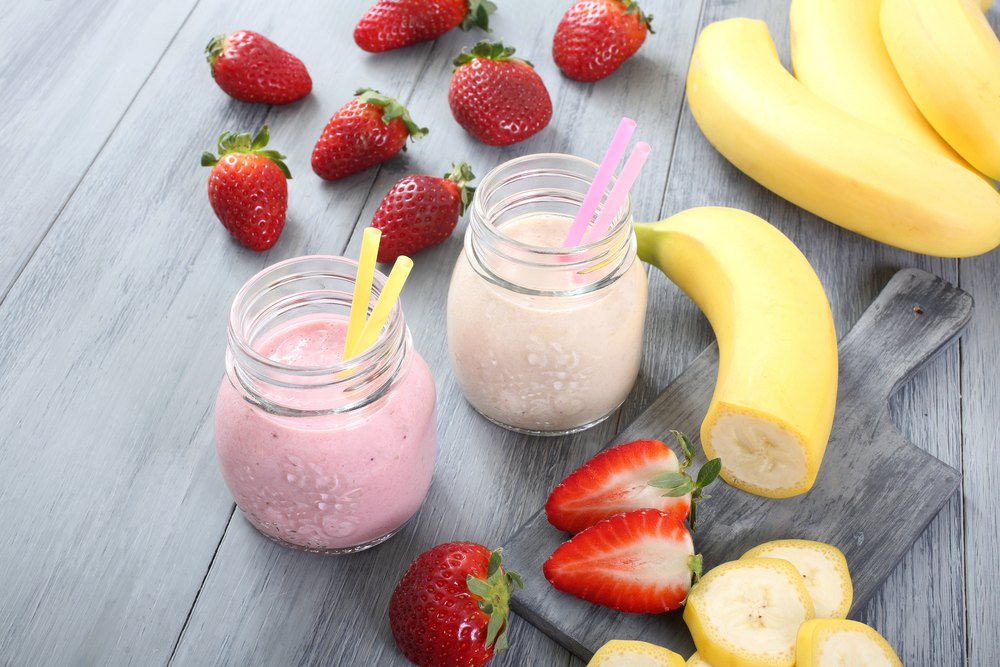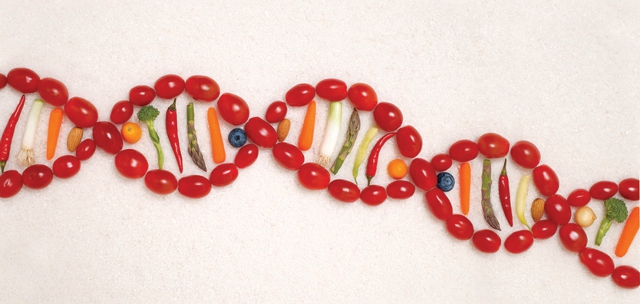

Last time around, we talked about the best foods to boost athletic performance, how to cut down fat and recover twice as fast from workouts, and why it is impossible to get too much sugar from fruit.
Today, I’d like to dive deeper into the topic that many people dread: Cravings. Yes, we have a love/hate relationship with cravings …
Many of you feel so guilty craving naughty foods (deep friend cheese balls, anyone?), and you try to slay the dragon. But you always fail.
So you end up beating up yourself up and promising yourself that you’d hit the gym… though the last minute call at work or a hot date 😉 would always lead you astray. And as time goes on, your waistline expands.
What if you can break this cycle and “curb” your cravings by making one simple dietary change, without breaking your bank or starving yourself?
The best part is: This change is simple and easy to implement, anywhere, anytime!
While we’ve explored this topic in a previous post, I think it is worthwhile to revisit the topic with another expert, since most of us have our little naughty “vice” that is hanging around and waiting on any opportunity to jump on us (no pun intended)… so it is best to stay alert and prepared 😉
Our interviewee, Dr. Douglas Graham, Author of The 80/10/10 Diet, returns today to discuss the 5 major cravings we have, and what we can do to overcome these cravings. Let’s get to it!
Q: Why do people crave sweets after dinner?
Dr. Douglas Graham: We refer to the sweet cravings for desserts.
Almost all humans have this experience of looking for something sweet after dinner.
My recommendation is eat enough fruit at the start of your meal so that you’re not craving sweets at the end of the meal.
Q: You also talked about how… if we don’t have enough fruit, we’ll also crave salt and heavy foods after our meals. Can you elaborate on that?
Dr. Douglas Graham: As far as I’ve been able to recognize so far, there are at least five common cravings.
#1: Sweets after a meal
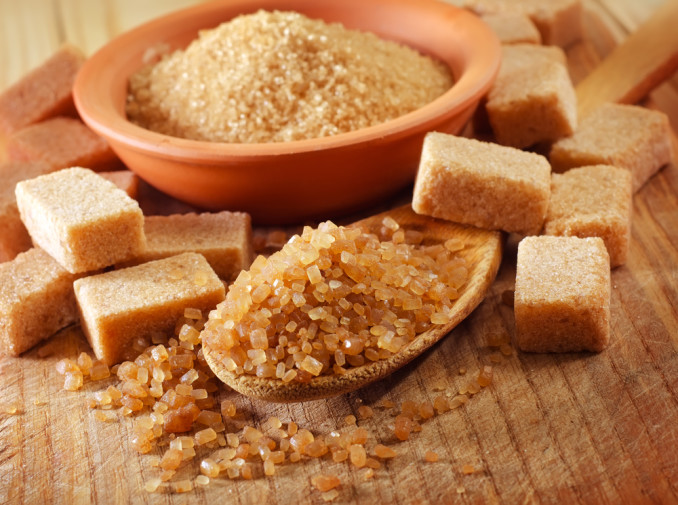
#2: Sweets in between meals
Again, this is when you did not have enough fruit at the meal to hold you from one meal to the next.
#3: Something heavy after a meal
People will, say, eat an avocado after the meal, or have some nuts after the meal, or have a heavy, rich dessert, cheesecake or something after the meal. Once again, if you eat enough fruit at the start of the meal, you won’t have this craving for something heavy.
#4: Craving for complex carbohydrate foods
Bread, rice, pasta, corn, potato. Any time you’re craving bread, rice, pasta, corn, potato, complex carbohydrates, it is a clear indicator that you haven’t had enough simple carbohydrates. If you eat enough fruit, you will not crave complex carbohydrates.
If we want to be analytical about complex carbohydrates, think about the way you paste wallpaper onto the wall with wallpaper paste, which is made from complex carbohydrate and water. That’s all it is. Starch and water makes paste.
If you take starch, water, and add sugar, then you make pastry. If you add eggs and sugar to starch and water you have pasta. Nobody’s trying to hide the fact that it’s paste, even in the names.
If you’re craving paste – bread, rice, pasta, corn, potatoes, whatever it is – you’re not eating enough simple carbohydrates. You’re not eating enough fruit.
#5: Craving for salt or salty food
When you’re craving salt or salty foods, it’s a clear indicator that you’re not eating enough vegetables, in which case I recommend that you eat more celery, lettuce, cucumbers, tomatoes, whichever vegetable makes you happy, but eat more vegetables.
99% of cravings will fall into those 5 categories. It’s something sweet after a meal, something sweet in between meals starchy foods, something really heavy like nuts or cheese after a meal, or salt. The first four mean you’re not eating enough fruit, and the fifth one is you’re not eating enough vegetables.
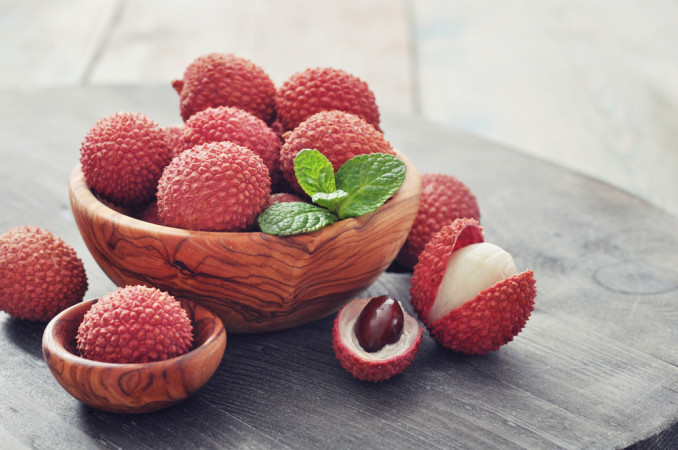
Q: Is that why you advocate allocating 80% of your diet to fruit?
Dr. Douglas Graham: It’s not actually 80% fruit, although that’s a nice way of saying it.
What I meant is 80% of your calories from carbohydrates, from fruits and vegetables.
If I were to add up how much of my calories comes from fruit, we have to assume that it’s going to be more than 80% of my food.
This also depends on how you want to do the math. Do you want to say by the cost? Do we want to say by the weight, by the volume, by the calorie? There are all sorts of ways to analyze it. In fact, about half of the volume of what I eat is fruit. The other half of the volume of what I eat is vegetables.
This is the end of Part 4.
So to sum up, what’s one simple tactic to curb cravings, without spending an enormous amount on food coaching, supplements, and diet pills?*
Eat more fruit and vegetables!
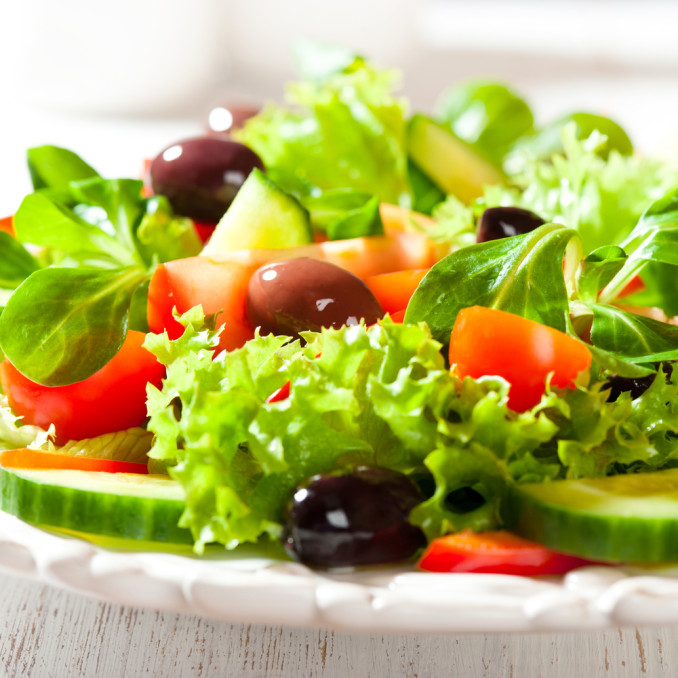
This may sound intuitive and simple, but many of you may not realize the relationship between cravings and fruit/vegetables… until you read this article, that is.
*I’m not suggesting that the aforementioned tools do not/or do work. What I’m saying is this one simple rule of eating more fruit and vegetables can help you curb cravings… so why not give it a shot first before you try other measures?
So… we’ve saved the best to the last part, where we’ll talk about:
- The one simple mindset shift when you first transition into the 80/10/10
- What Dr. Graham eats
- Dr. Graham’s tips on how to pick the best fruits for health
Be sure to stay tuned HERE for our last part of this series with Dr. Douglas Graham!
About Dr. Graham: Dr. Douglas Graham is a lifetime athlete and raw fooder since 1978. Dr. Graham is a renowned public speaker, teacher, and author of The 80/10/10 Diet, The High Energy Diet Recipe Guide, Nutrition and Athletic Performance, Grain Damage, and Prevention and Care of Athletic Injuries. Dr. Graham has worked professionally with world-class athletes and trainers from around the globe, such as NBA pro basketball player Ronnie Grandison, track Olympic sprinter Doug Dickinson, championship bodybuilder Kenneth G. Williams, and actress Demi Moore.


